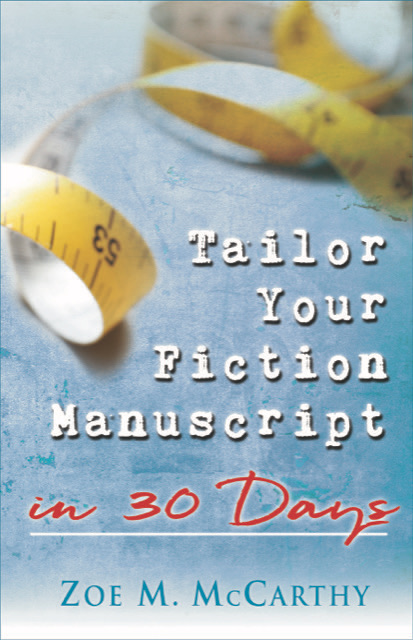
Welcome again editor Vie Herlocker in her two-part series on showing versus telling. Learn more about Vie at the end of her post. Here’s Vie:
New writers often ask me what showing instead of telling means. In my search for resources to help them better understand the concept, I found two gems:
- Show, Don’t Tell: How to Write Vivid Descriptions, Handle Backstory, Describe Your Character’s Emotions, by German author and editor Sandra Gerth, and
- Understanding Show, Don’t Tell (And Really Getting It), by Fiction University’s Janice Hardy. I
I’ll share one feature from each book.
***

Gerth uses a series of comparisons to define “showing and telling.” I found her description to be quite helpful in dispelling the mystery of the elusive beast:
- Telling provides the author’s conclusions and interpretations. Showing lets readers think for themselves.
- Telling gives the reader a secondhand report like a newspaper account. Showing allows readers to experience through the character’s five senses.
- Telling summarizes past events or gives general statements. Showing places readers in real time scenes with action, dialogue, dramatization.
- Telling is abstract. Showing uses concrete, specific details.
- Telling gives facts. Showing evokes emotions.
- Telling distances readers from the story events. Showing makes readers active participants.
***
Hardy’s chapter on identifying telling intrigued me. She presents seven tell categories and notes multiple red flag words associated with them. Her detailed examples illustrate how to move from telling to showing. I’ll share just one of Hardy’s red flag words under each category—and will include examples of my own.
1. Motivational Tells: these tell a motivation that the reader could figure out from the action.
- infinitives (to + verb)
Telling: Shirl leaned over to get her cup off the counter.
Showing: Shirl leaned over and got her cup off the counter.
2. Emotional Tells: these combine an emotion with a red flag word, like “in fear,” “in anger,” etc.
- in

Telling: The softball landed at Mr. Green’s feet. He shook his fist in anger at the kids next door.
Showing: The softball landed at Mr. Green’s feet. He shook his fist at the kids next door, then pocketed the ball.
3. Mental Tells: these tell us what’s going on in the character’s mind.
- realized
Telling: Fred turned the key in the ignition. Not even a sputter. He realized the battery was dead.
Showing: Fred turned the key in the ignition. Not even a sputter. The battery was dead.
4. Stage Direction Tells: these tells explain the action as a director or script might do and can introduce sequence errors or give information before it happens. (This category can be quite subtle, and each red flag word has specific issues.)
- when

Telling: James closed the gate when the stray dog came into the yard.
Showing: The stray dog moseyed into the yard. James closed the gate to keep him contained.
5. Descriptive Tells: these tell what the character sensed. (This is often called “filtering.”)
- felt
Telling: She felt the cold wind through her thin jacket.
Showing: The frigid wind pierced her thin jacket.
6. Passive Tells: yep, the plain old passive constructions.
- was
Telling: The table was set by Fran.
Showing: Fran adjusted the tablecloth, then placed the good china and the silverware on the table.
7. Adverbs and Telling: while not all adverbs are telling, they can signal possible telling passages.
***
My copies of these books are highlighted and filled with sticky notes. Consider adding Sandra Gerth’s and Janice Hardy’s books to your reference collection as well. Both are quick reads, budget-priced, and packed with useful information.

Vie Herlocker is the associate editor for Surry Living Magazine in Mt. Airy, NC. Her experience includes ten years as executive editor of Sonfire Media/Taberah Press and six years reviewing books for Blue Ink Reviews.
Vie is a member of the Christian Editor Connection, PEN, ACFW, ACW, and WordWeavers. She received the 2017 Christian Editors Network Excellence in Editing Award for a nonfiction book. In 2018, a book she edited won the Selah Award for YA fiction at Blue Ridge Mountains Christian Writers Conference.

Vie was also the editor for Tailor Your Fiction Manuscript in 30 Days.


 RSS - Posts
RSS - Posts



I’ve never been disappointed in any of Vie’s book recommendations. Sandra Gerth’s book is free on Kindle today.
Thanks for the heads up, Marcia.
Thanks for letting us know that, Marcia. Happy showing!